The Australian government controlled by Prime Minister Anthony Albanese's Labor Party is preparing to enter a new election season, with its main opponent being the opposition Liberal Party.
 |
| On the morning of March 28, Prime Minister Anthony Albanese met with Governor-General Sam Mostyn to propose dissolving Parliament and officially set an election date for May 3. (Source: AFP) |
Speaking at a press conference at the Australian Parliament House on the same day, Prime Minister Anthony Albanese affirmed that despite facing many global challenges in recent years, the Labor government has always proactively responded "in the Australian way" - supporting people to reduce their spending burden and build a foundation for long-term development.
However, the leader of the opposition Liberal Party, Peter Dutton, has countered this assessment by launching his election campaign with a promise to improve the economy, after 29,000 small businesses in Australia went bankrupt during the three years of Labor Party rule.
Whose hand is the flag?
Many predict that Peter Dutton’s coalition will win more seats in the House of Representatives, but this is not enough for the Liberal Party to take power. In fact, since 1931, no Australian government has collapsed after one term, and it is only from the second term onwards that this is likely to happen.
The Labour Party currently holds 77 of the 151 seats in the House of Commons. After the next election, the total number of seats will be reduced to 150 due to changes in constituencies. One possible scenario is that no party wins enough seats to form a government on its own. The new government would then have to rely on the support of independents or smaller parties to form a minority government.
The 2022 election has seen a record 19 non-government and non-opposition MPs elected to parliament, a group that could decide whether Albanese’s Labor Party or Peter Dutton’s Liberal Party forms Australia’s first minority government since 2010.
Green Party leader Adam Bandt has said he is willing to back a Labor-led minority government if it meets his demands, including banning new coal and gas drilling, providing free dental care for all and capping rents.
Mr Bandt said this was the only chance to stop the Liberals from taking power and force Labor to act decisively on the housing crisis, rising living costs and climate change.
Win the hearts of the people
During Prime Minister Anthony Albanese's tenure, pressure on the cost of living in Australia increased significantly as the Reserve Bank of Australia (RBA) raised interest rates 12 times.
However, in February this year, the RBA decided to lower the base rate to 4.1%, showing signs of easing inflationary pressures.
The Australian Prime Minister also pledged to build 1.2 million homes over five years to ease the housing shortage, but progress has been slow.
On the opposition side, Liberal Party leader Petter Dutton promises to ease housing pressure by restricting immigration, while allowing people to withdraw money from their compulsory superannuation funds to put down a deposit on a house.
Both parties are committed to achieving net zero emissions by 2050. However, while the Labor government has prioritised renewable energy (solar, wind) to replace coal and gas, the opposition has proposed building seven state-funded nuclear power plants and adding gas plants to secure supply before nuclear comes online.
Source: https://baoquocte.vn/thu-tuong-australia-anthony-albanese-co-the-phat-co-trong-mu-a-ba-u-cu-moi-309205.html





![[Photo] Prime Minister Pham Minh Chinh and Prime Minister of the Kingdom of Thailand Paetongtarn Shinawatra attend the Vietnam-Thailand Business Forum 2025](https://vphoto.vietnam.vn/thumb/1200x675/vietnam/resource/IMAGE/2025/5/16/1cdfce54d25c48a68ae6fb9204f2171a)







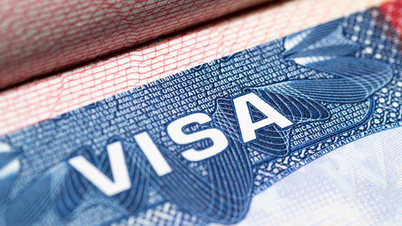







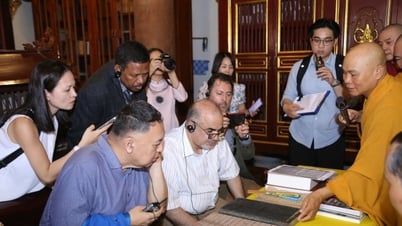
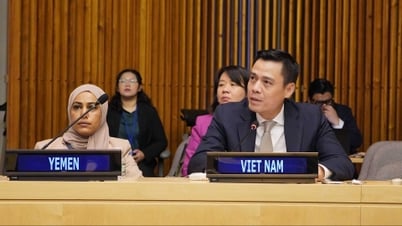
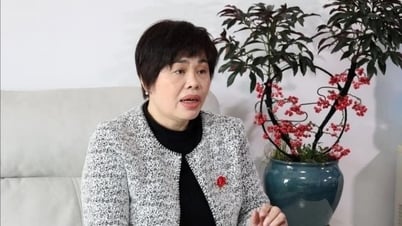

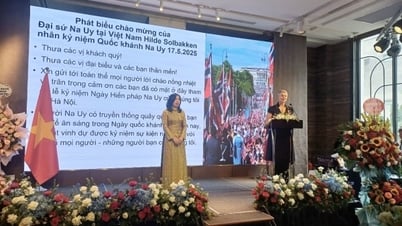
![[Photo] President Luong Cuong receives Prime Minister of the Kingdom of Thailand Paetongtarn Shinawatra](https://vphoto.vietnam.vn/thumb/1200x675/vietnam/resource/IMAGE/2025/5/16/52c73b27198a4e12bd6a903d1c218846)













































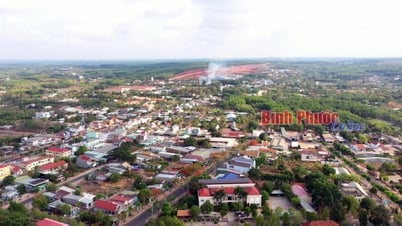

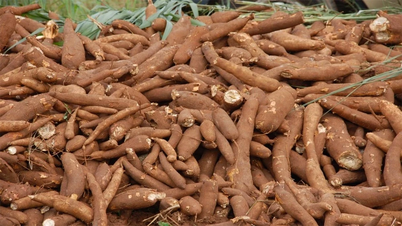

















Comment (0)